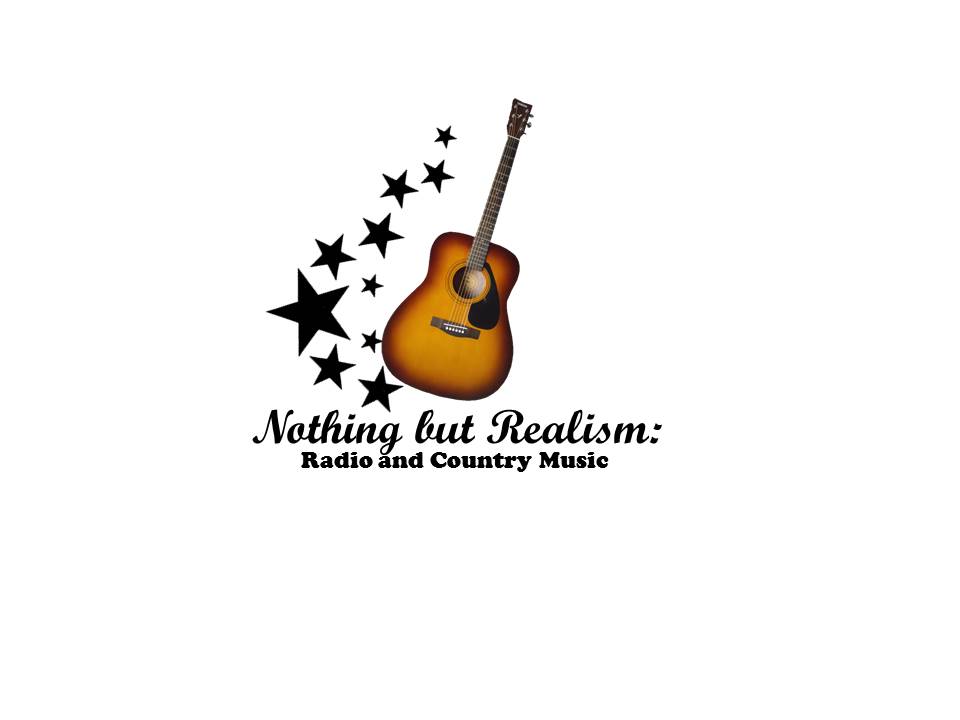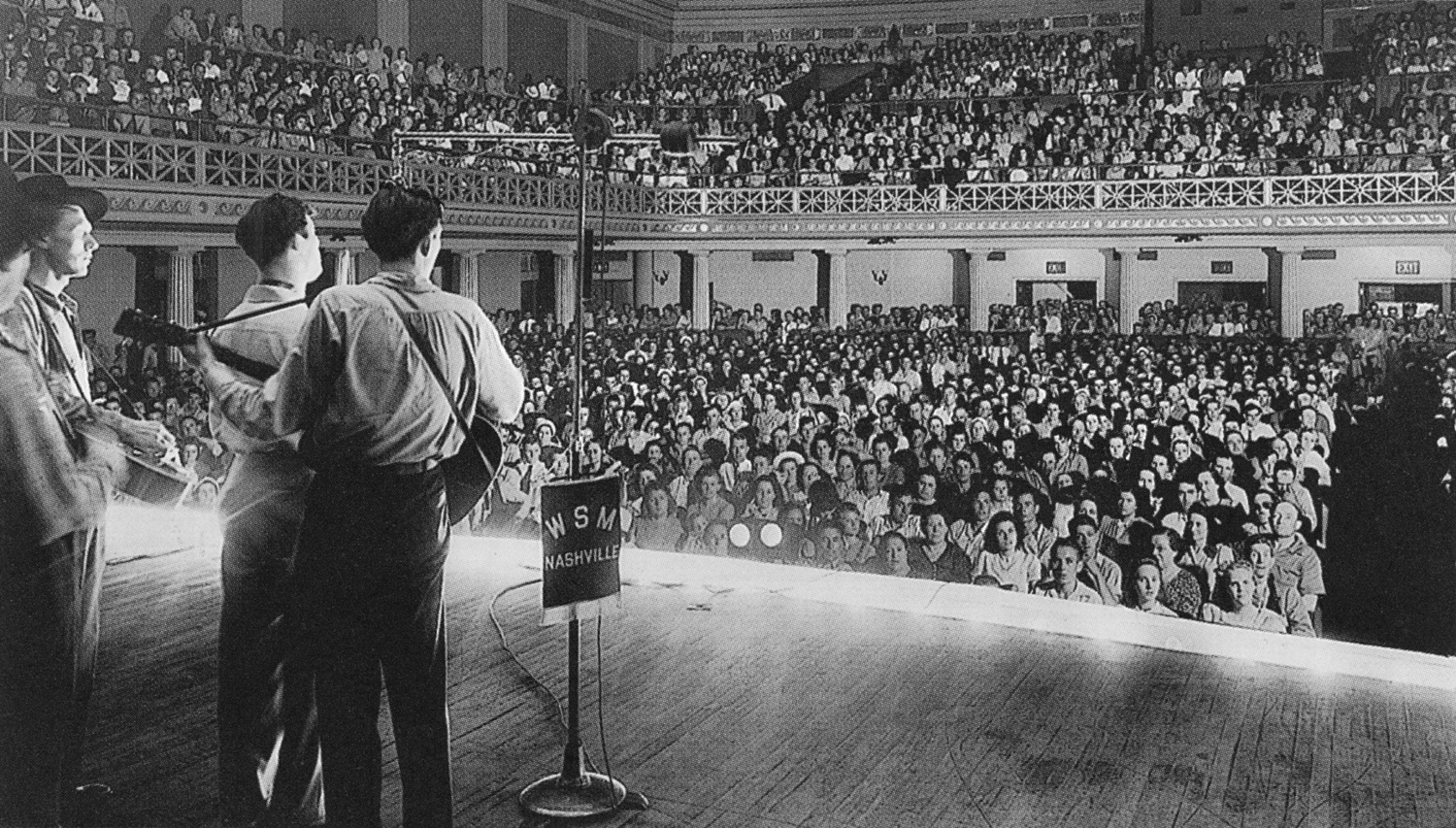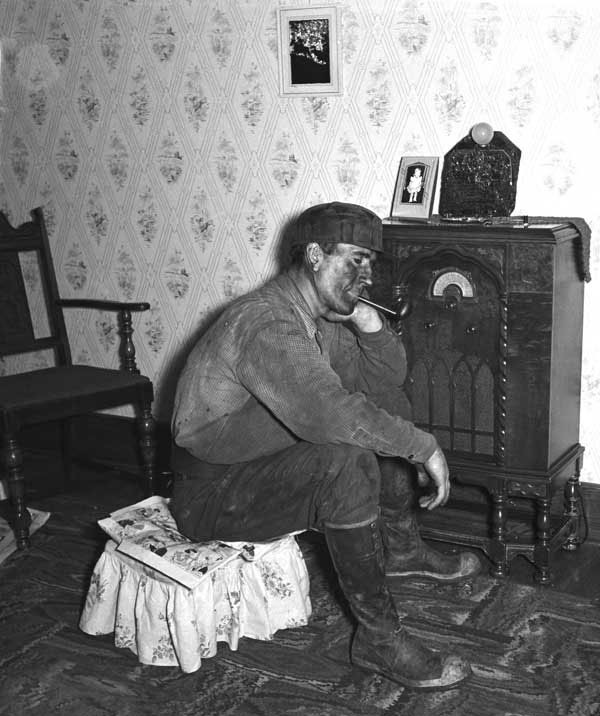Introduction: Radio and Rurality
Before exploring the deep connection between radio and country music, it is important to first analyze the relationship between radio and rurality, which was a significant factor in establishing that connection. Along with electricity, the telephone, and the automobile, radio was among the technologies seen by reformers in the early twentieth century as being essential to modernizing rural life and combatting the feared decline of the agrarian lifestyle as America industrialized. By the 1920s, all four had been introduced in rural areas, and by 1930 over half of American farms had automobiles, about a third had telephones, and smaller percentages had radios and electricity. The advent of the Great Depression, however, brought a major disruption of adoption patterns. Throughout the decade, rural automobile ownership stagnated while the number of telephones substantially declined. By contrast, radio ownership tripled during the same period, and by 1940 more farm homes owned radios than had automobiles, electricity, or telephones. Factors contributing to this rapid shift include the affordability of radio sets by the 1930s thanks to retailers providing easy credit; the manufacturing of special “farm radios” which relied on battery power rather than necessitating the use of electricity; and the simultaneous maturation of the radio broadcasting industry which brought about improved signals and programming. Asa result of the latter, radio advertising meant that rural listeners became inundated with commercials designed to create a need for manufactured goods as part of a modern lifestyle, which proved more compelling than those found in print advertising. In this way, rural life changed dramatically over a relatively short period of time, and new opportunities emerged for continued developments in rural lifestyles.
In terms of radio’s relationship with country music, which originated in the rural American South and Midwest, cultural historians and commentators generally agree that the medium played an essential role over the course of the genre’s development. In her study of the rise of the country music industry, Diane Peckford writes:
“Hillbilly music was above all a creature of radio… It was broadcasting rather than publishing or recording that provided the lasting foundation for the country music industry due to the essential role that radio played in rural American life from the mid-1920s through to the end of the Depression.”
Richard A. Peterson also noted the important relationship in his analysis of authenticity and the genre:
“Country music played over the radio had almost magical power for rural people growing up in the 1930s, drawing families together and at the same time opening isolated communities to the larger world beyond the county and even the state.”
Finally, in his seminal work on the history of country music, Bill C. Malone observes:
“The development of southern radio broadcasting was important in the discovery, refinement, modification, and eventual standardization of southern country music. Southern folk musicians found radio to be an irresistible attraction and an indispensable outlet for their entertainment energies. Rural musicians saw in radio the first real opportunity ever to build a broad and ever-widening audience outside their home locales. Radio promoters, on the other hand, quickly recognized the utility of this cheap and abundant source of entertainment.”
As such, then, radio affected both rural American life and the country music industry in profoundly complex ways, which will be discussed further throughout this exhibit. This will be done within three main frames, which represent major factors in the relationship between the medium and the genre: locality and identity, industry forces, and live performance. While they will be treated separately in the interest of highlighting key themes, it is important to keep in mind their interconnectedness as part of the genre’s rich history. This can be seen in the spotlight section showcasing some of country’s most notorious institutions from the earliest days.
Set your dials and start exploring!


